Projectnut
Member
- 14
- 31
- 13
- Location
- Wisconsin
Last summer I picked up a MEP 002A generator from an estate sale. It had been stored in a tobacco shed for some time. I'm not sure how long it sat, but a least long enough for the fuel to start to gel in the tank. When I brought it home, I drained and cleaned the fuel tank, changed the oil and filter, and put in a couple new batteries. I just ordered a dozen fuel filters from a local farm store.
When I went to start it up there was no power anywhere. Nothing to the control panel, no lights, no noise from the fuel pumps, no clicking of the preheat or any other relays. I did remove the starter to see if it was seized. All was fine and I was able to jump it to crank the engine when I reinstalled it. I would like to get the machine up and running, but so far, I haven't had much luck. It's now sitting in the corner of the garage waiting for the weather to warm enough to go back to work on it.
I have been able to download several operator and maintenance manuals. However not being familiar with some of the descriptive language is a bit of a hinderance.
I would appreciate any information that might assist me in getting this unit running. Thanks in advance.
Attached are a few pictures of the unit including the ID tag:
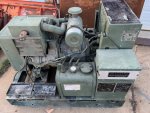
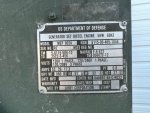
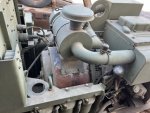
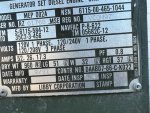
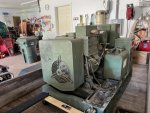
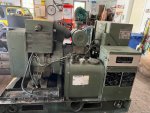
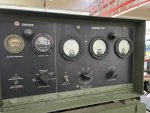
When I went to start it up there was no power anywhere. Nothing to the control panel, no lights, no noise from the fuel pumps, no clicking of the preheat or any other relays. I did remove the starter to see if it was seized. All was fine and I was able to jump it to crank the engine when I reinstalled it. I would like to get the machine up and running, but so far, I haven't had much luck. It's now sitting in the corner of the garage waiting for the weather to warm enough to go back to work on it.
I have been able to download several operator and maintenance manuals. However not being familiar with some of the descriptive language is a bit of a hinderance.
I would appreciate any information that might assist me in getting this unit running. Thanks in advance.
Attached are a few pictures of the unit including the ID tag:







Last edited:

